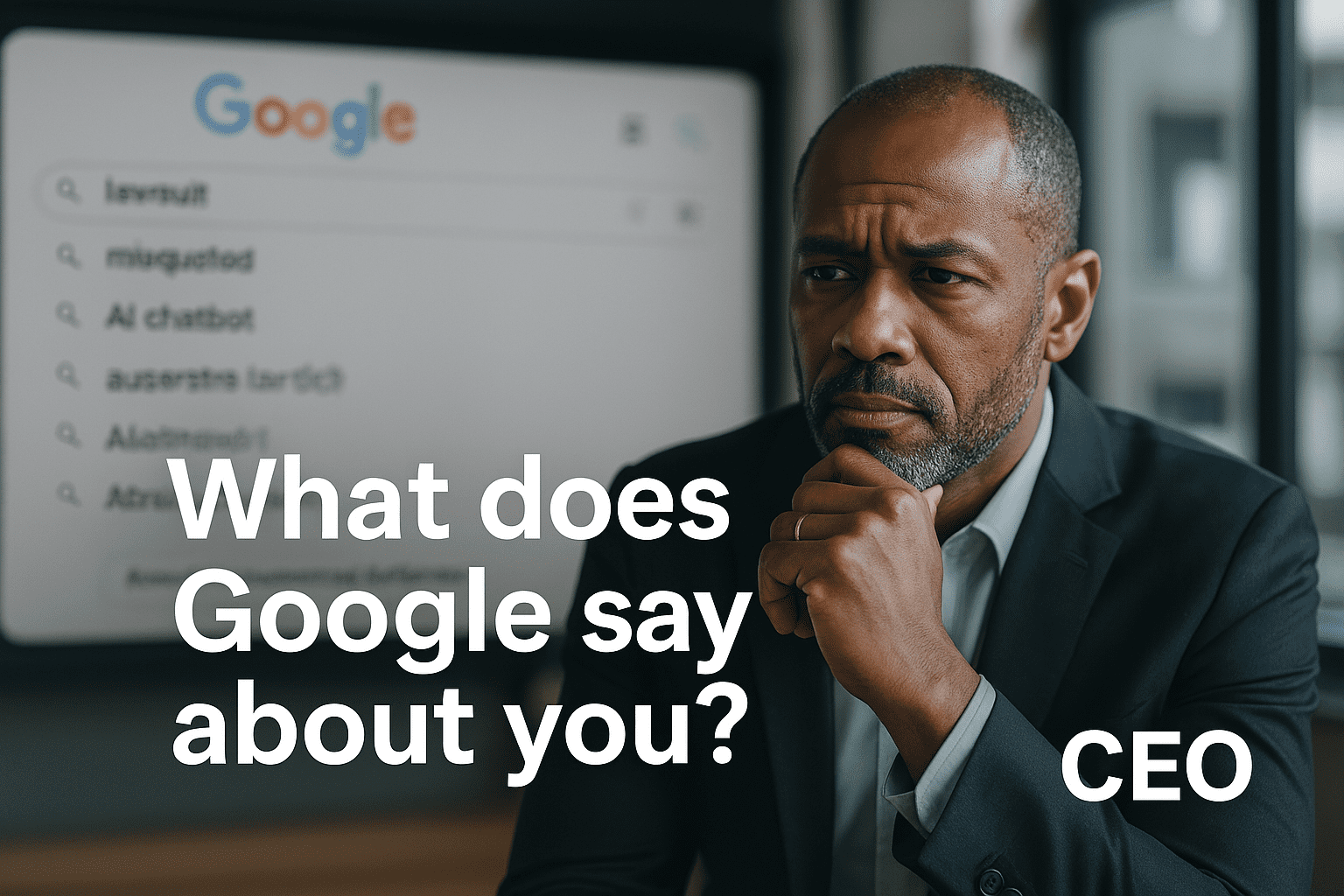Last Updated on March 13, 2024 by Steven W. Giovinco
Recently, I received an unknown text. It started with, “This is David from Laura’s Office. Steven W Are you accepting new clients right now?” While the message itself wasn’t overtly alarming, several red flags stood out.
The informality of being addressed by just my first name and middle initial was odd and is only on my LinkedIn profile. Also, capitalization “Are” at the beginning of the sentence is incorrect, and the phrasing was odd.
Intrigued by the vagueness of the message, I decided to investigate further. A quick online search revealed no reference to the number. Obviously, another red flag.
Next, I looked up the company website mentioned in the text. While it did exist, a glaring omission was clear- there was no contact information listed whatsoever. No address, no email address, not even a simple contact form – just a lone phone number. This is a major problem.
Taking a deeper dive, I discovered the company’s alleged address in “Tampa.” However, upon closer inspection using Google Maps, the site was actually a generic shopping center outside of town. Searching on LinkedIn, I saw that “David,” the individual who contacted me, was likely operating from a completely different location: Nigeria.
A few takeaways:
- Exercise caution: Always be wary of unsolicited contacts, especially those lacking basic professionalism in their communication.
- Verification is key: Before engaging with ANYONE, conduct a thorough online search. Look up the phone number, browse the website’s, and be sure a physical address is readily listed. A reputable business will have a transparent online presence.
- Professionalism matters: The way a company communicates reflects its reputation. Unpolished communication, especially when reaching out to potential clients, can severely damage a company’s reputation.
This serves as a reminder that even seemingly minor details like the way a text message is phrased, the lack of proper contact information on a website, and inconsistencies in a company’s online presence are red flags. By exercising caution and conducting thorough verification, we can protect ourselves from potential scams and ensure we’re dealing with legitimate businesses.



